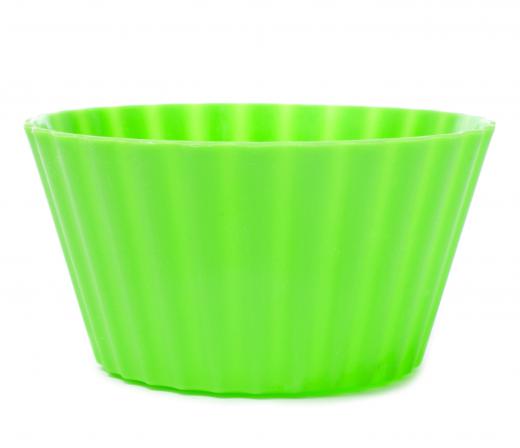The first step in pouring silicone is gathering the necessary materials. A master piece of some sort will be needed to create the mold; this master piece will give the shape to the mold, allowing the user to create duplicates of that piece. The master should be made of plastic, since the silicone will not bond to plastic and will therefore create the mold without tearing, splitting, or otherwise becoming damaged. A few different types of knives will be necessary for this process, as will a structure that can contain the mold, the silicone mixture itself, and a releasing agent.
Pouring silicone starts with creating a base and wall structure that can contain the silicone in its liquid form. This can be done with a variety of materials, and kits are available for purchase to make the process much easier, depending on the size of your project. Once the structure is in place, the piece to be molded is set inside; it must be raised off the base a bit, usually with small braces, so the silicone can be poured on all sides of the piece. The master piece must be properly in place before the user starts pouring silicone, or the mold will be imperfect. The piece must also be inspected carefully for burrs or imperfections.

The silicone material usually comes in two bottles. The components of the silicone are mixed together by a 1:1 ratio. The master should be sprayed with wax to facilitate removal of the silicone once the process has been completed. Once the mixture of silicone is ready, it can be poured into the mold container around the master piece. The silicone solution must cover all parts of the master, and it must be thick on all sides to prevent a weak final mold. Pouring silicone slowly will prevent air bubble pockets from forming in the final mold.
After the silicone has been poured, it must cure for 24 hours. It will harden, but it will still be pliable. The mold will be removed from the container and cut in half; once the blade reaches the master piece in the center, the two pieces of silicone can be pulled apart gently. While silicone is pliable, it can still tear, so the process of pulling the two pieces apart must be done slowly and carefully. The two halves of the silicone mold are then sprayed with a releasing agent to prevent the plastic to be molded from sticking to the silicone.
